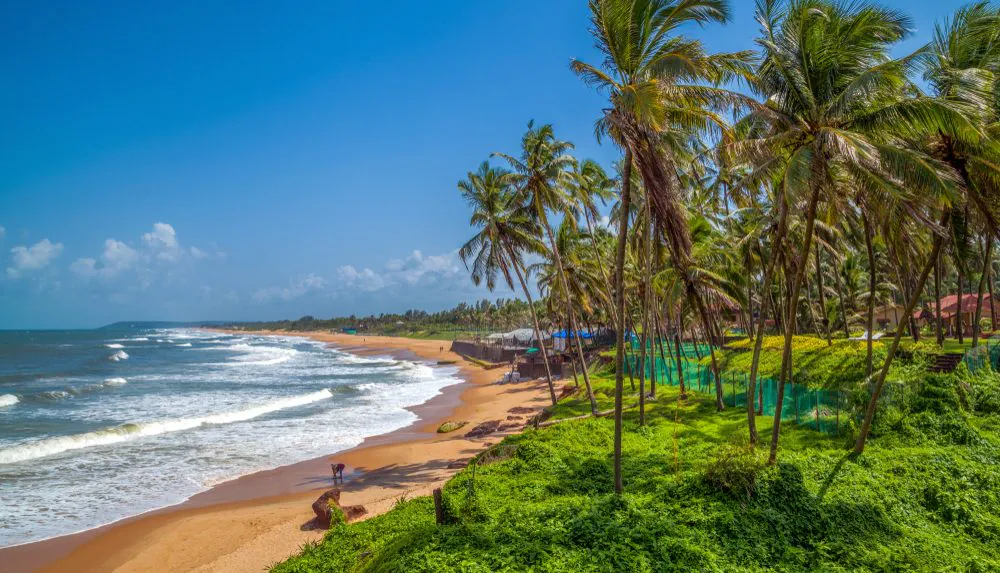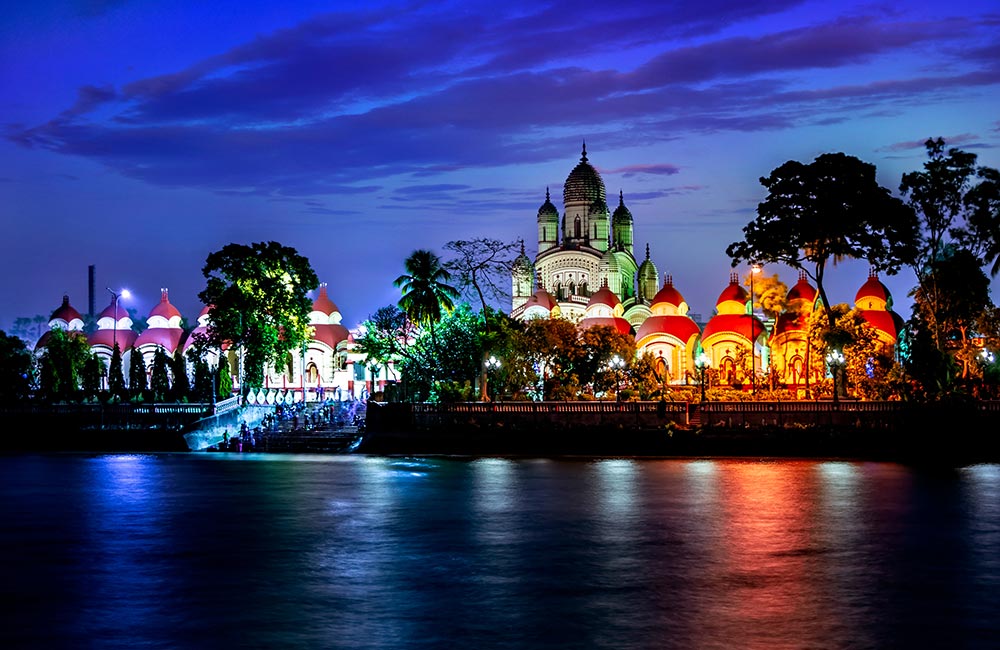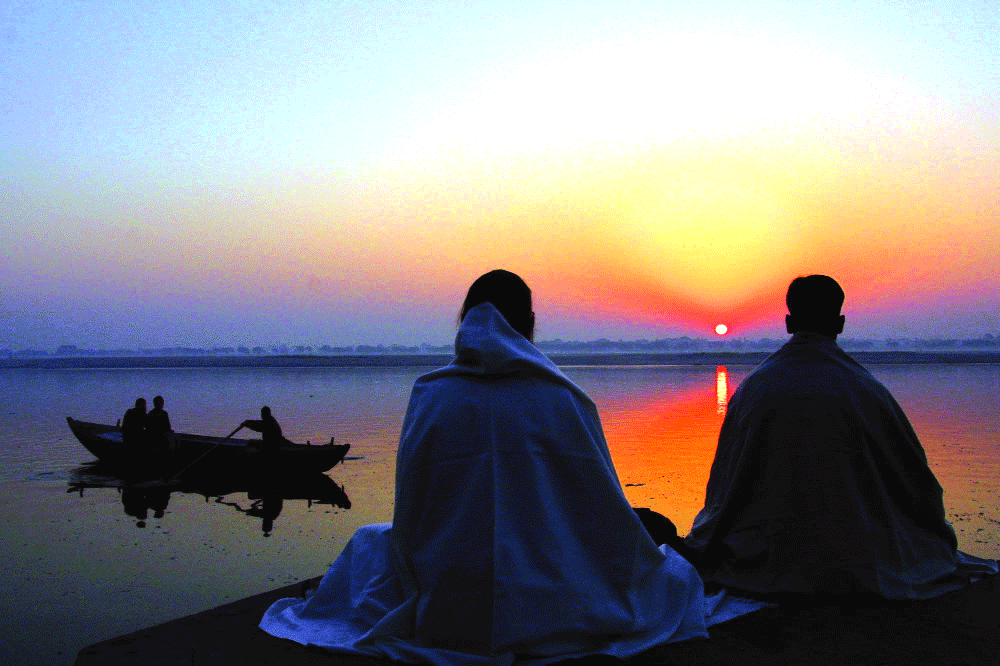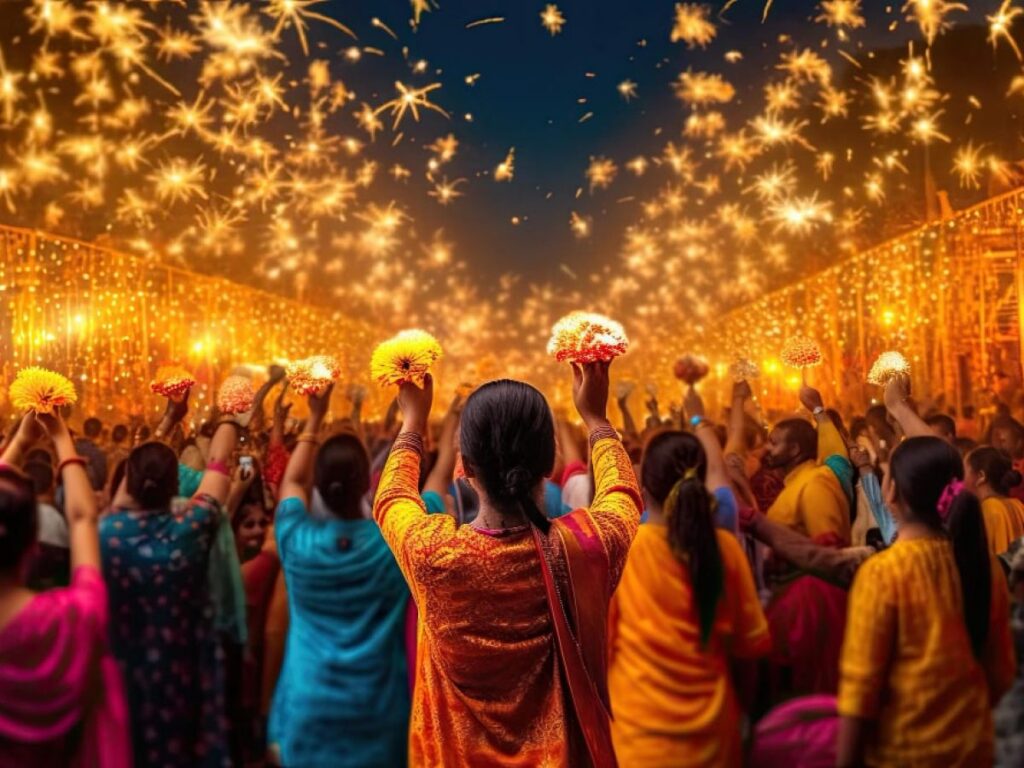Let's Explore
INCREDIBLE INDIA
DISCOVER INDIA

Beautiful Kashmir
Paradise on Earth

Jaipur
The Pink City

Mumbai
Bollywood, Shopping and colonial landmarks.

Goa
Beaches and old Goa colonial architecture.

Varanasi
City of Shiva

Hyderabad
City of Pearls

Delhi
The National Capital Territory

Kolkata
City of Joy
India And It's History
The history of India starts with the existence of India itself as It located in the continent of Asia, India covers 2,973,193 square kilometers of land and 314,070 square kilometers of water.
Making it the 7th largest nation in the world with a total area of 3,287,263 square kilometers. Surrounded by Bhutan, Nepal, and Bangladesh to the North East, China to the North, Pakistan to the North West, and Sri Lanka on the South East coast.
India is a land of ancient civilizations. India’s social, economic, and cultural configurations are the products of a long process of regional expansion. Indian history begins with the birth of the Indus Valley Civilization and the coming of the Aryans. These two phases are usually described as the pre-Vedic and Vedic age. Hinduism arose in the Vedic period.
The fifth-century saw the unification of India under Ashoka, who had converted to Buddhism, and it is in his reign that Buddhism spread in many parts of Asia. In the eighth century, Islam came to India for the first time and by the eleventh century had firmly established itself in India as a political force. It resulted in the formation of the Delhi Sultanate, which was finally succeeded by the Mughal Empire, under which India once again achieved a large measure of political unity.
It was in the 17th century that the Europeans came to India. This coincided with the disintegration of the Mughal Empire, paving the way for regional states. In the contest for supremacy, the English emerged ‘victors’. The Rebellion of 1857-58, which sought to restore Indian supremacy, was crushed; and with the subsequent crowning of Victoria as Empress of India, the incorporation of India into the empire was complete. It was followed by India’s struggle for independence, which we got in the year 1947.
Reason to visit India
Spirituality in India has evolved over thousands of years, influenced by the country’s rich history, diverse cultures, and the teachings of spiritual luminaries.
India is home to several well-known large animals, including the Indian Elephant, Indian rhinoceros, and Gaur.
Many of India’s biggest festivals are religious and follow either the Hindu lunar calendar or the Islamic calendar. The dates may change each year, but the fervour of celebration never does.
India is a culturally rich country with a fascinating history. With a population of over one billion people, it is one of the most populous countries in the world and has been at the forefront of civilization for thousands of years.
Due to its wide variety of climates, soil type, cultures, and religion, as well as influences from other countries, India has a diverse range of cuisines.
Indian Architecture is influenced by the culture and religion of the people. With every generation, and every ruler, we see differences in the monuments built, the designs within.






